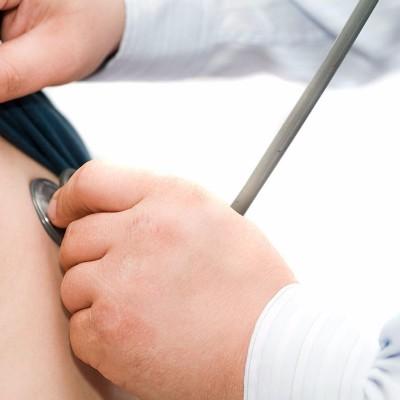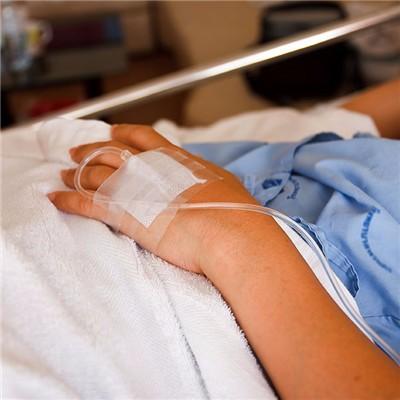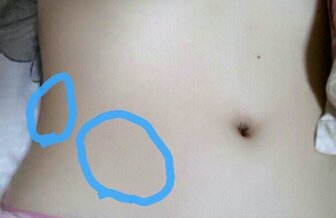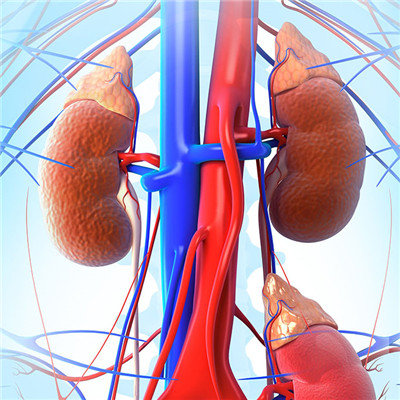What symptom is labyrinthitis
summary
After labyrinthitis occurs, there will be obvious nausea, vomiting, and even vertigo symptoms. Understanding its characteristics is helpful for better treatment. Let's see what symptoms labyrinthitis is.
What symptom is labyrinthitis
Performance 1: paroxysmal or provocative vertigo, occasionally accompanied by nausea, vomiting, vertigo, mostly in the fast turn, bending, driving, ear operation (such as ear digging, ear washing, etc.), compression of the tragus or blowing the nose attack, lasting for several minutes to several hours, aggravating symptoms of acute attack of otitis media and mastoiditis. Spontaneous nystagmus can be seen in vertigo attack, and the direction is inclined to the affected side, which is mostly caused by the stimulation of the labyrinth on the affected side. The nature and degree of hearing loss and deafness were consistent with the degree of otitis media. The patients with fistula located in the promontory presented mixed deafness.

Performance 2: vertigo, nausea, vomiting, imbalance as the main symptoms of the disease, patients like to lie to the affected side (nystagmus fast phase side), stand up to the healthy side. Nystagmus is horizontal rotation. The labyrinth of the affected side is excited and irritated, so nystagmus tends to the affected side. In the late stage, the labyrinth function of the affected side decreased obviously, nystagmus fast phase pointed to the healthy side, vestibular function decreased in varying degrees, and fistula test could be positive. Hearing loss was obvious, which was sensorineural deafness, but not total deafness. Can have deep ear pain, these symptoms are easy to be confused with other diseases, once appear to the formal diagnosis, to avoid misdiagnosis.

Performance three: vertigo, conscious external object or self rotation, nausea, vomiting frequently, the patient closed his eyes, curled up, lying on the side of nystagmus fast phase, dare not move, imbalance. Tinnitus, total deafness. Spontaneous nystagmus, fast phase to the healthy side, the intensity is larger, trunk to nystagmus slow phase side dumping, once nystagmus fast phase from the healthy side to the affected side, should be alert to the possibility of intracranial complications. Generally, the body temperature is not high. If there is fever, headache and cerebrospinal fluid changes (such as increased white blood cell count and increased cerebrospinal fluid pressure), the infection will spread to the intracranial. The fistula test was negative because the labyrinth was destroyed.

matters needing attention
Understand the symptoms of labyrinthitis, is to better solve, early detection of the body has similar performance, timely treatment, help to control the disease.














